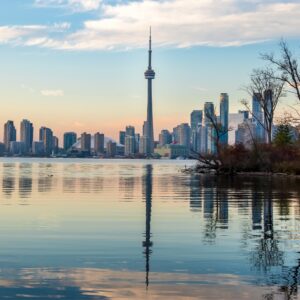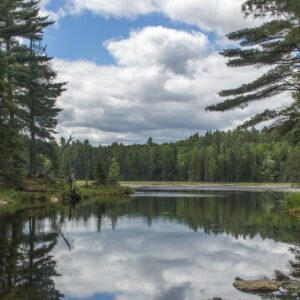An Arctic Experience to the "Place of Spirits" with Students on Ice
 |
| Students on Ice participants in Torngat National Park |
What happens when you place 65 young people from all walks of life, 45 teachers, mentors, musicians and coaches on a floating classroom on the rugged coast of Labrador and Nunavut? You get a recipe for life shaping experiences. It was into this mixture that I was invited by Geoff Green, Executive Director of Students on Ice, to experience the Students on Ice (SOI) initiative – an international effort that aims to provide students from around the world with inspiring educational opportunities at the ends of the Earth and, in doing so, help them foster a new understanding and respect for the planet.
I intercepted the Students on Ice in the Torngat National Park on August 3rd, 10 days after they had set sail from Iceland. Our Twin Otter plane made a flyover of the bay, banked, then dipped and made its way onto a nearby runaway in hot pursuit of a lone Caribou which had taken refuge at the beginning of the tarmac. Within an hour of our landing, we joined the Students on Ice participants and made our way to the Torngat National Park base camp at Kangidluasuk – an orderly alignment of some 30 large canvass tents and a research trailer on a quiet beach overlooking the steely blue bay and glacier scarred landscape. The base camp was established by Parks Canada under the jurisdiction of the Nunatsiavut Government and its management is in the process of being transferred to the local Inuit representatives. At the base camp, we shared a wonderful dinner on the beach with the Inuit elders from the area who recounted stories of their time on this land. Many of the participants from Students on Ice were selected from Inuit communities across Canada’s north and it was beautiful to watch as, together with the Elders, they shared their rich culture with other youth from southern Canada, the US, Europe and Asia.
Over the next 3 days we nimbly made our way northward and as we did, we poked the ship into several breathtaking fiords that reach westward, penetrating deep into the Park. Nature Canada worked for several years with Parks Canada, and the people of Labrador to establish Torngat National Park in 2005. It’s one of Canada’s most remote National Parks occupying some 10,000 square km and extending nearly 1,000 km from Nain to the northern most tip of Labrador. The Park protects one of eastern North America’s greatest mountain ranges and its wildlife, including large populations of Polar Bears, Caribou, whales, seabirds and tundra Black Bears, and honors the Inuit whose settlements predate the first European Vikings and the Moravian Missionaries. Within the Park’s boundaries, two globally Important Bird Areas support large concentrations of Common Eider and several colonies of marine birds.
Each day was designed to expose young students to aspects of the north through different workshops including landscape painting, advocating on environmental issues, establishing an Arctic council, cataloguing plants, learning about the life history of birds, to name a few. These sessions were interspersed with excursions to picturesque glacial lakes, waterfalls and sacred Inuit burial grounds, as well as expeditions to climb mountains, search for Polar Bears and float alongside Minke Whales.
The Torngat Mountains and George River Caribou herds cross paths as they migrate to and from their calving grounds – we spotted several lone Caribou along the rocky shores. The inland bays and coastal waters were rich in bird species. We saw Common Loons, Black Guillemots, Glaucous Gulls, Peregrine Falcons, Long-tailed and Parasitic Jaegers, Northern Fulmars and Black-legged Kittiwakes. Northern redpolls were perhaps the most numerous passerine on most inland walks. And wildflowers, grasses and sedges abounded.
After departing Port Burwell, Killiniq Island on August 6th, we set sail across Ungava Bay and headed towards our final destination, Kuujjuak. In the afternoon, the students gathered one last time in the front hall of the ship to listen to leadership presentations and prepare for a final night of comedy, competitions, photography, singing and drama. It was clear when the curtain came down on the night, that the students had clearly been moved and Students on Ice had left an indelible mark on all those it had touched during the course of the fantastic voyage.
Students on Ice has done more to help shape young minds about the Arctic than perhaps any other initiative of its kind. By embracing Inuit knowledge and integrating their experience and understanding into the program, Students on Ice is breaking down the barriers between northern and southern cultures and is bravely paving the way for a new found understanding and respect for northern cultures and the Arctic environment.
The lessons learned from Students on Ice have profoundly impacted my understanding and appreciation for engaging young people in nature and these lessons learned come at an important time as Nature Canada looks for effective ways to continue engaging Canadians in a meaningful way in nature.
For more photos from Ian’s trip and photos of Canada’s National Parks, check out our Flickr album dedicated to these beautiful, wild spaces.




